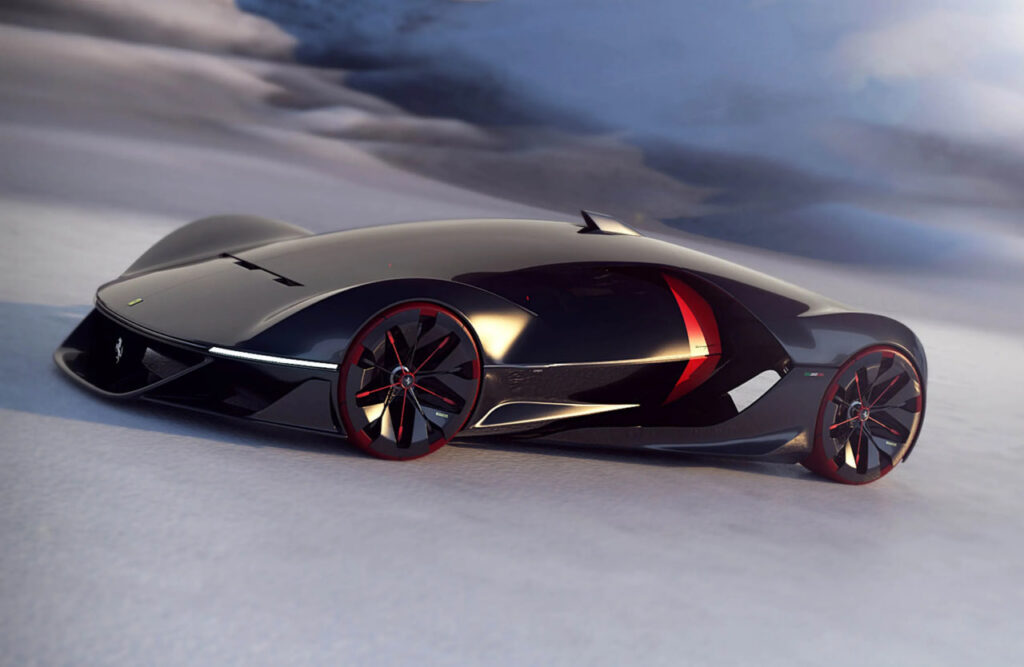Conceptual design teams play a crucial role in the automotive design process, as they are responsible for creating the initial concepts and ideas that will eventually become fully realized products. These teams rely on powerful tools like Shapr3D to bring their ideas to life, enabling them to create and iterate on their designs with unprecedented speed and accuracy. With Shapr3D, conceptual design teams can leverage real-time concepting and iteration, allowing them to quickly refine their ideas and collaborate more effectively.
One of the key advantages of conceptual design teams is their ability to work with cross-device CAD software. This technology allows designers to work on their projects from any device, ensuring that their workflow remains uninterrupted regardless of their location. Cross-device CAD is particularly useful for conceptual design teams, as it enables them to collaborate more effectively and make real-time adjustments to their designs. This flexibility is essential for modern automotive design, where speed and accuracy are paramount.
Moreover, conceptual design teams often utilize hybrid modeling options to create their designs. These options combine the best of parametric and direct modeling, providing designers with the flexibility to choose the best technique for their specific needs. Hybrid modeling is particularly useful for creating complex and innovative designs, as it allows designers to leverage the strengths of both modeling approaches. With straightforward design history navigation, conceptual design teams can easily track and manage their design iterations, ensuring that every change is accounted for.
In addition to these tools, conceptual design teams also benefit from the use of AR prototypes. This technology allows designers to visualize their models in augmented reality, providing a more immersive and interactive design experience. AR prototypes enable conceptual design teams to see their creations in a real-world context, making it easier to identify potential issues and make necessary adjustments. This technology is particularly useful for conceptual design teams, as it allows them to create more accurate and detailed prototypes.
